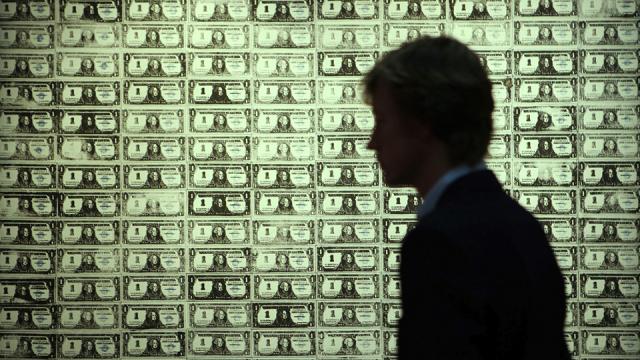
The lead research economist at the World Bank, Branko Milanovic, will be reporting soon, in the journal Global Policy, the first calculation of global income-inequality, and he has found that the top 8% of global earners are drawing 50% of all of this planet's income. He notes: "Global inequality is much greater than inequality within any individual country," because the stark inequality between countries adds to the inequality within any one of them, and because most people live in extremely poor countries, largely the nations within three thousand miles of the Equator, where it's already too hot, even without the global warming that scientists say will heat the world much more from now on.
For example, the World Bank's list of "GDP per capita shows that in 2011 this annual-income figure ranged from $231 in Democratic Republic of Congo at the Equator, to $171,465 in Monaco within Europe. The second-poorest and second-richest countries respectively were $271 in Burundi at the Equator, and $114,232 in Luxembourg within Europe. For comparisons, the U.S. was $48,112, and China was $5,445. Those few examples indicate how widely per-capita income ranges between nations, and how more heat means more poverty.
Wealth-inequality is always far higher than income-inequality, and therefore a reasonable estimate of personal wealth throughout the world would probably be somewhere on the order of the wealthiest 1% of people owning roughly half of all personal assets. These individuals might be considered the current aristocracy, insofar as their economic clout is about equal to that of all of the remaining 99% of the world's population.
Milanovich says: "Among the global top 1 percent, we find the richest 12 percent of Americans and between 3 and 6 percent of the richest Britons, Japanese, Germans and French. It is a 'club' that is still overwhelmingly composed of the 'old rich'," who pass on to their children (tax-free in the many countries that have no estate-taxes) the fortunes that they have accumulated, and who help set them up in businesses of their own - often after having sent them first to the most prestigious universities (many in the United States), where those children meet and make friends of others who are similarly situated as themselves.
For example, the New York Times reported a decade ago that 55% of freshman students at the nation's 250 most selective colleges and universities came from parents in the top 25% of this nation's income. Only 12% of students had parents in the bottom 25% of income. Even at an elite public, state, college, the University of Michigan, "more members of this year's freshman class ... have parents making at least $200,000 a year [then America's top 2%] than have parents making less than the national median of about $53,000 [America's bottom 50%].'"
Most of the redistribution that favors more than just the top 1% has occurred in the "developing" countries, such as China. However, a larger proportion of the world's population live in nations of Central and South America, Africa, etc., where today's leading families tend overwhelmingly to be the same as in the previous generation. They, too, near the Equator, are members of the "club," but there are fewer of them.
Milanovic finds that globally, "The top 1 percent has seen its real income rise by more than 60 percent over those two decades [1988-2008]," while "the poorest 5 percent" have received incomes which "have remained the same" - the desperately poor are simply remaining desperately poor. Maybe there's too much heat where they live.
3 WAYS TO SHOW YOUR SUPPORT
- Log in to post comments












